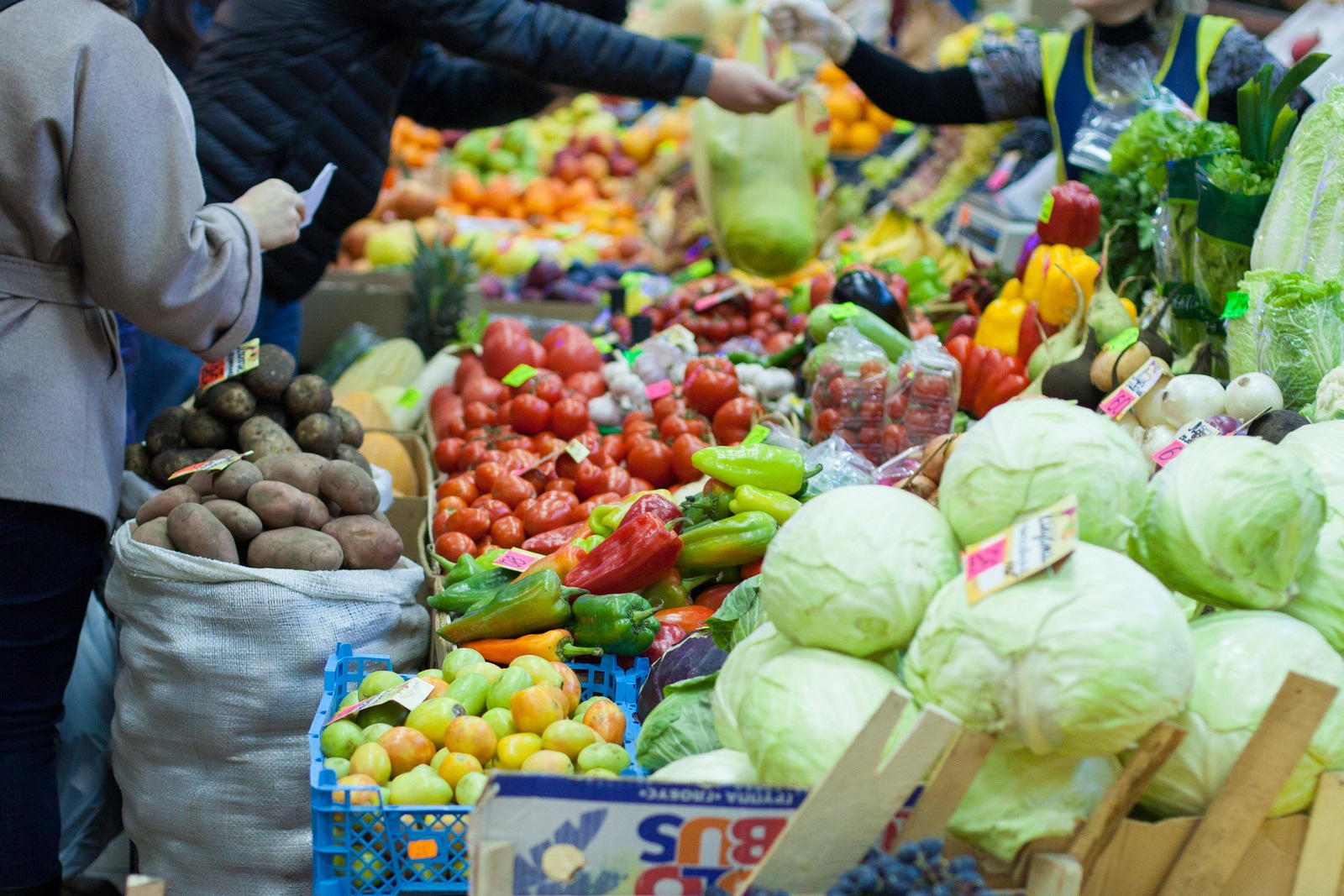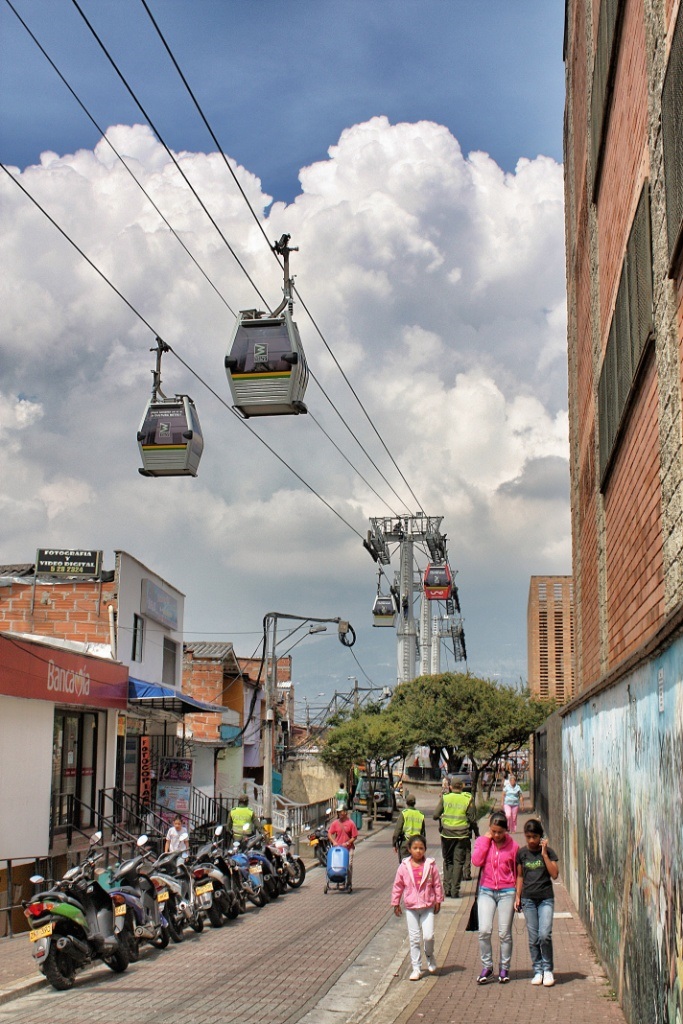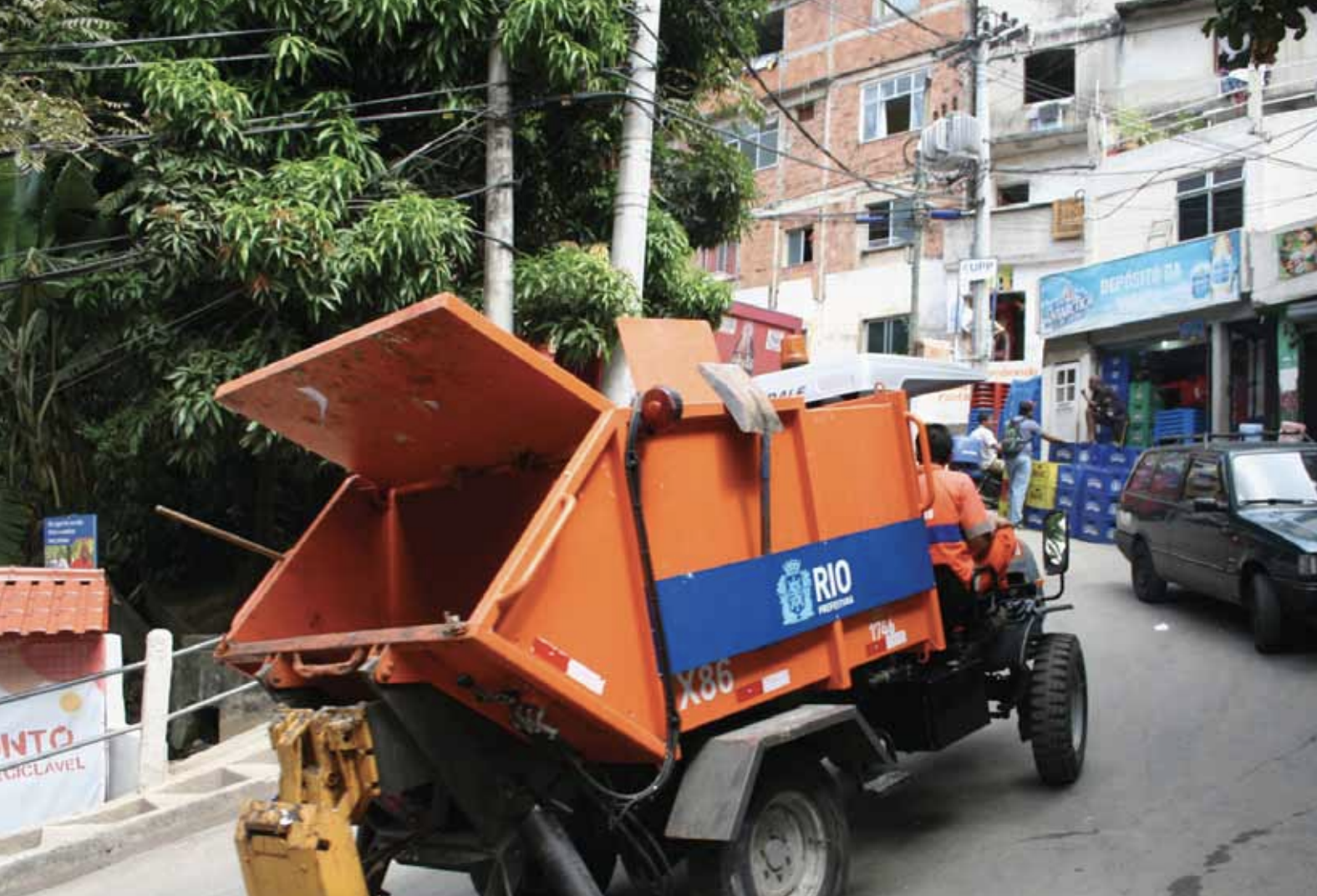Other sectors

Strategies for healthy and sustainable cities
Action to mitigate urban health risks can have important co-benefits for multiple policy objectives. Well-planned cities can offer unique opportunities to create urban patterns that minimize health risks from air pollution, traffic injury, and physical inactivity, while also mitigating climate change. While smaller-scale plans may not have the energy conservation or emissions reduction benefits of larger-scale developments, urban areas are products of thousands of individual site-level development and design decisions.
Compendium of WHO and other UN guidance on health and environment

Global repository of interventions for creating healthier environments and improving health
Healthy and urban diets

In cities around the world, municipal and community initiatives to promote healthy urban eating have the potential to mitigate both health risks and environmental impacts.
The urban agriculture movement spans a wide range of initiatives. These can include urban farmers’ markets connecting consumers with local producers of fresh fruits and vegetables and other foodstuffs, rooftop and community gardens which can promote local production and increase education and awareness of food production techniques, and periurban projects which set aside land to grow fresh produce within a short distance of city limits.
Urban agriculture projects can help reduce the prevalence of "food deserts" by providing accessible, healthy food within inner-city neighbourhoods, particularly to residents of low socioeconomic status. Furthermore, integration of government nutrition programme with farmers’ markets and other community initiatives can be used to increase the benefits and affordability of fresh food to low-income consumers.
For instance, in Washington, D.C., the city has fostered an urban agriculture movement in community gardens on vacant land and rooftops, as well as opening up access to urban parking lots or other venues for selling produce. These farmers markets now accept federal nutrition benefits such as SNAP/Food Stamps, WIC (Nutrition Program for Women, Infants, and Children), and the Senior Farmers’ Market Nutrition Program (FMNP). The D.C. Government has also sponsored farming education centres and training programmes.
The proposed D.C. Urban Farming and Food Security Act, pending approval in 2014, would create a framework for formally leasing district-owned vacant lots to independent farms and farm cooperatives, create tax incentives for local farmers, and stimulate donations to D.C. food banks or shelters. This is only one element in a multi-faceted 20-year “Sustainable D.C.” plan announced in 2011 that aims to make the city greener, more sustainable, healthier and more economically successful and equitable.
Policy-makers can also take action through promoting guidelines, financial incentives and, ultimately, regulation of unsustainable or unhealthy food products. WHO has been holding public consultations on a draft global guideline to recommend that consumers limit their free sugar intake to less than 5% of total energy intake or no about six teaspoons a day for the average adult.
In 2012, the New York City Board of Health banned the sale of sugar-sweetened beverages greater than 16 ounces in size. Although this controversial law was overturned by the New York Court of Appeals in 2014, the city has meanwhile developed a plan for supporting increased access by poor households to fresh foods markets, enabling the use of public food assistance benefits for such purchases. This illustrates the growing interest of cities in policies that promote healthy foods among vulnerable groups.
Slum upgrading

Slums are home to an
estimated 828 million people, representing around one third of the world’s
urban population. In some developing cities, the slum population can reach up
to 80%. Hence, informal settlements that result from unplanned growth offer
unique opportunities for city planners to achieve improvements in both climate
and health.
Many current slums are vast islands of
informal economies, social exclusion, poor housing and underdevelopment. Smart,
productive cities of the future can transform these areas into vibrant
neighbourhoods that are fully integrated into urban design management systems.
Refurbishing slums with street networks,
expanded green spaces, and upgraded infrastructure improves the physical living
conditions, quality of life, and access to services and opportunities. It also
decreases the prevalence of health risks associated with unhealthy living
conditions. To achieve this, local participation can be a powerful instrument
to mobilize low-income communities around the planning, management and
governance issues of their neighbourhoods.
Simple, climate-friendly housing initiatives
in slum areas have included innovations such as: roof insulation; installation
of rooftop solar hot-water heaters; PV solar panels for lighting and grid
electricity backup; improvements in piped drinking-water and sewage
infrastructure; and the creation of pedestrianized corridors in narrow alleyways
to keep out motorcycle traffic, reduce noise, and protect children’s safety.
One new innovation in sustainable transport
in rugged mountainside Latin American “favelas” has seen the creation of
airborne cable cars, or gondolas, to improve neighbourhood connections with the
downtown area – thus improving access to jobs, education and services. Rio de
Janeiro, Brazil, Medellin, Colombia and Caracas, Venezuela, and La Paz, Bolivia
have been among the early adopters of this clean, quiet and efficient transport
mode.
Clean household cooking and heating sources
in urban areas may include the replacement of coal and low-efficiency biomass
stoves with cleaner fuels and technologies, such as induction electric stoves,
now becoming more accessible in cities of South Asia, liquefied petroleum gas
(LPG), which is generally more available in the city than countryside; or
industrially produced renewable fuels such as ethanol and biogas. WHO estimates
that annually 4.3 million people die prematurely from illnesses linked to
household air pollution, primarily from stroke, cardiopulmonary illnesses, acute
and chronic respiratory disease, and certain cancers.
Improved urban waste management

Improved access to municipal waste services in a favela of Brazil
Strategies for waste reduction, separation, processing, management and recycling and reuse are feasible, low-cost alternatives to the open incineration of solid waste, which is common now in developing cities. Where incineration is unavoidable, then combustion
technologies with strict emissions controls are critical.
Improved collection, management and disposal of urban waste is one important strategy that can yield multiple improvements in both climate and health. Using anaerobic digestion, methane emissions can be captured from sewage, livestock manure, and landfill
solid waste, and used as biogas or bio-methane, a fuel for cooking, heating or power needs.
Anaerobic biosolid digestion systems can produce a gas composed of 55% to 70% methane, which is typically much cleaner than biomass combustion, although not as low-emissions as natural gas.
As a renewable fuel, methane capture and use, however, has many other health and environment advantages. The process reduces methane emissions to the atmosphere that contribute to ozone, which are a factor in chronic respiratory illnesses, as well as
a contributor to climate change. Finally if biogas replaces biomass or coal combustion in household cooking or heating, then household and outdoor air pollution will also be significantly reduced.
Millions of rural households in China, and thousands in Nepal, already generate biogas cooking fuel from animal waste in small, simple digesters. Insofar as these also process household sewage waste, biogas production also requires a hook-up to an improved
latrine, which has a sanitation benefit as well.
In larger, industrialized plants that exist at urban level, recovery of over 90% of methane gas can be achieved with established technologies. Improved urban wastewater treatment systems can also provide a source of methane capture and purification, and
the resulting fuels may be used as a clean source of urban power generation as well as for households.
The UNEP-affiliated Climate and Clean Air Coalition, in which WHO is a leading member, has launched a municipal solid waste initiative which fosters technical training and awareness-building to assist cities around the world in mitigating methane emissions
from municipal solid waste landfills.
Sustainable waste management activities can serve as a catalyst for local economic development as well. For instance, a joint U.S.–Brazil initiative, created in collaboration with municipal authorities, and with the support of financing from the UNFCCC’s Clean Development Mechanism, created a methane capture system in Rio de Janeiro’s Gramacho landfill. This biogas project improved waste enclosure and drainage, a sanitation benefit for the city, as well as introducing methane flaring and connection to purification for use as an income and energy source. The project is anticipated to produce 90 million normal cubic metres (Nm3) of biogas on average over 20 years.
